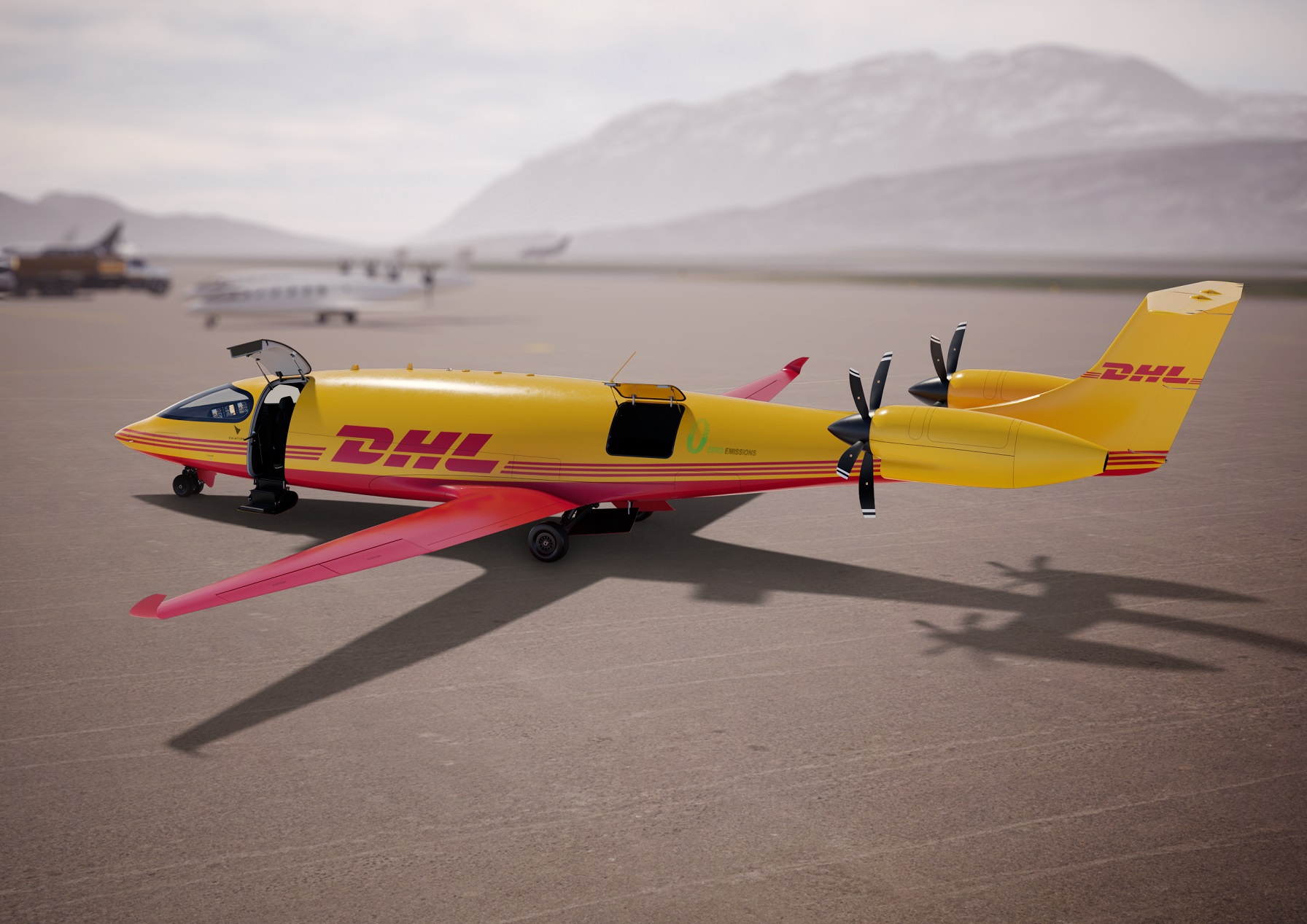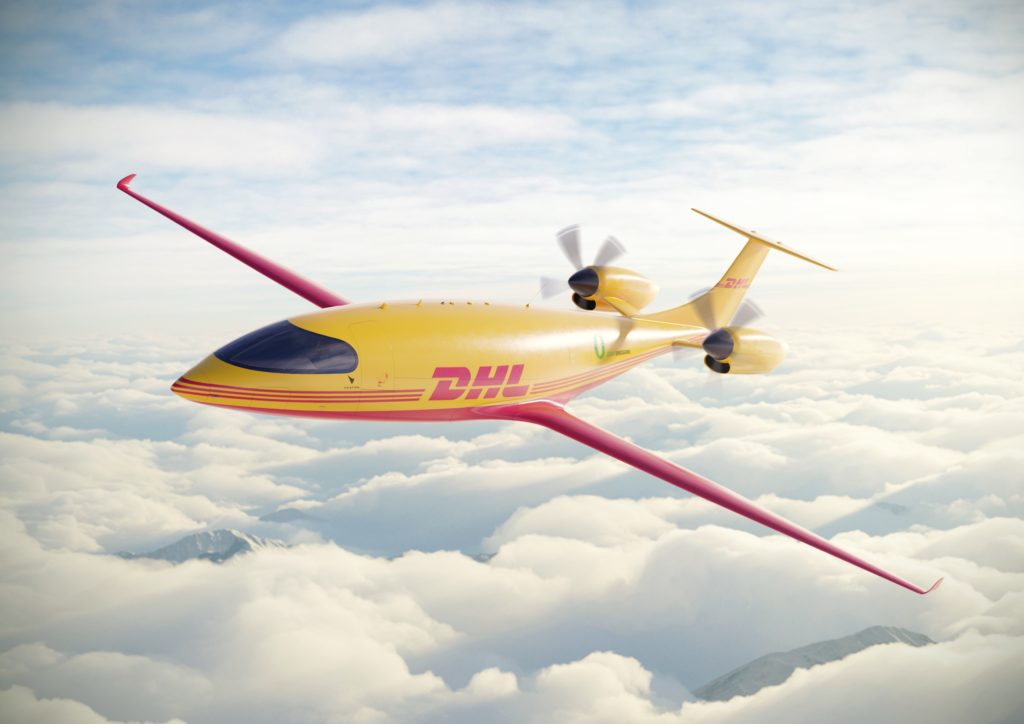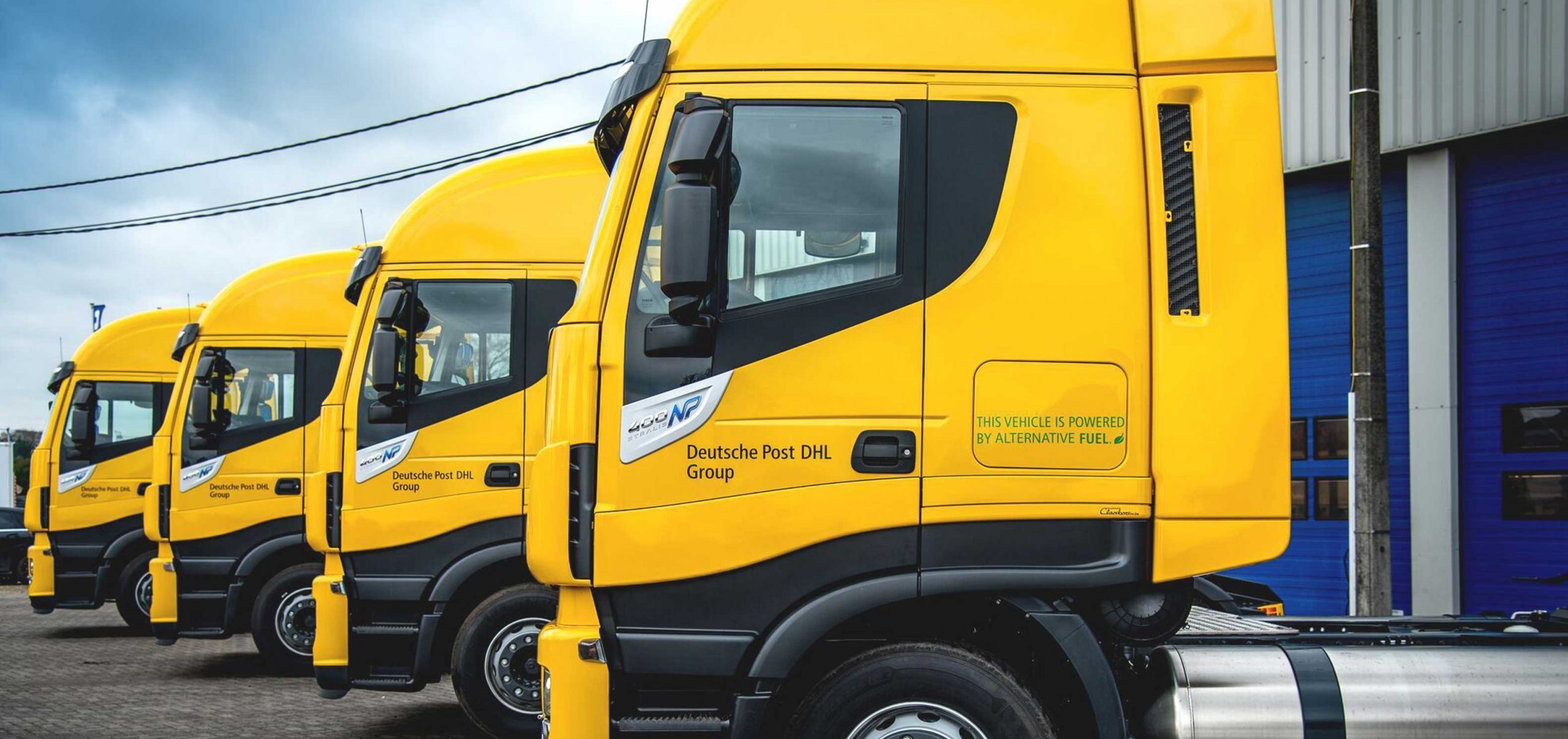
With the purchase of its first all-electric airplanes from Eviation, DHL Express has set course to make its aircraft fleet more sustainable. But what can “Alice” really do, and when will DHL’s first electric planes take off?
It sounds like something from a science fiction film, but it couldn’t be more real. With its investment in electric aircraft at the beginning of August 2021, DHL Express has secured enthusiastic reactions from industry insiders and other logistics fans. The long-term goal for Deutsche Post DHL Group as a whole is to become emission-free by 2050, and having the first electric aircraft in service is naturally an important milestone along that path. “On our way to clean logistics operations, the electrification of every transport mode plays a crucial role and will significantly contribute to our overall sustainability goal of zero emissions,” said John Pearson, CEO of DHL Express. “DHL Express has been known as a pioneer in the aviation industry for decades, and with Eviation we have found a perfect partner that shares our purpose. Together we will take off into a new decade of sustainable aviation.” But when will the first of Eviation’s electric planes take to the skies for DHL Express?
Takeoff for the first electric planes from Eviation is expected before the end of this year, but delivery of all ordered “Alice” models is not expected until 2024. For both freight and passengers, electric aircraft can make aviation more sustainable in the long run. “Partnering with companies like DHL who are the leaders in sustainable e-cargo transportation is a testament that the electric era is upon us,” said Omer Bar-Yohay, CEO of Eviation. The performance of the electric planes is quite impressive.

Alice at a glance
Cargo capacity: 1,200 kilograms | 2,600 pounds
Charging time per hour of flight: approx. 30 minutes
Maximum range: 815 kilometers | 440 nautical miles
Speed max.: 440 km/h | 220 kts
Alice can be flown by a single pilot and will operate in all environments currently serviced by piston and turbine aircraft. Since they have fewer moving parts, Alice’s advanced electric motors are highly reliable, require little maintenance and are economical to operate. Its operating software constantly monitors flight performance to ensure optimum efficiency at all times.
The electric aircraft is ideal for short feeder routes and requires less investment in airport infrastructure. It can be charged during loading and unloading operations, ensuring the quick turnaround times needed for DHL Express’ demanding schedules. DHL Express plans to establish completely emission-free feeder networks with the electric aircraft. Over time, both air and road freight will increasingly be dominated by electric drives. Travis Cobb, who is responsible for the global network and aviation at DHL Express, says: “Our aspiration is to make a substantial contribution to reducing our carbon footprint, and these advancements in fleet and technology will go a long way toward achieving further carbon reductions. For us and our customers, this is a very important step in our decarbonization journey and a step forward for the aviation industry as a whole.”
On the way to the 2050 zero-emission target, which has been in place at Deutsche Post DHL Group for four years, the company has committed to new and ambitious interim targets. It will be exciting to see what other innovations will help to make logistics and DHL more sustainable in the years to come.



